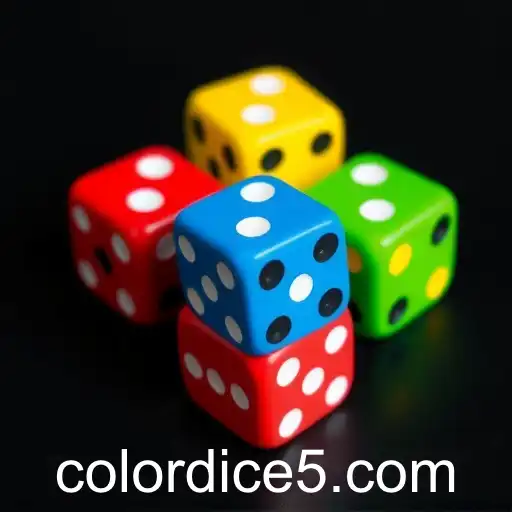In the dynamic realm of educational games, one element stands out for its simplicity and effectiveness: color dice. Often overlooked in favor of more complex technologies, color dice offer an interactive and engaging way to foster learning across diverse subjects and age groups.
The primary appeal of color dice lies in their versatility. These dice can be integrated into traditional classroom activities or used in innovative ways to teach concepts such as math, language, and even social skills. For young learners, the vibrant colors and tactile nature of the dice can transform a mundane exercise into a captivating game. This sensory engagement helps improve memory retention and encourages participation.
In mathematics, color dice are particularly useful. They allow educators to illustrate probability and statistics by creating hands-on experiments that make abstract numbers relatable and tangible. For instance, rolling a dice with varied colors can simplify the learning of fractions and percentages, making these concepts less intimidating for students.
Beyond numeracy skills, color dice have also found a niche in language arts. They can be used to expand vocabulary by assigning different word categories to each color. Rolling the dice then becomes an exercise in creative storytelling or sentence building, thus enhancing verbal skills and sparking imagination.
Furthermore, color dice also foster social interaction, teamwork, and critical thinking. Group-based activities that utilize these dice encourage students to collaborate and communicate, crucial skills for personal and professional development. By engaging in games that require strategies or problem-solving, learners develop a sense of accomplishment and confidence in their abilities.
Educators and parents alike can easily incorporate color dice into various activities without requiring extensive planning or resources. In a digital age where screen time is prevalent, these simple tools offer a refreshing break, promoting dynamic group interaction and engagement without electronic distraction.
In conclusion, the role of color dice in educational games extends beyond basic play. They present an innovative yet accessible way to enrich learning environments, catering to different learning styles and needs. By offering a myriad of applications from math to language, these humble tools prove that sometimes, the simplest solutions can make the most significant impact in education.

Discover how educational games, particularly those involving color dice, can enhance learning experiences for children and adults alike. This article delves into the benefits and applications of using color dice in educational settings.




